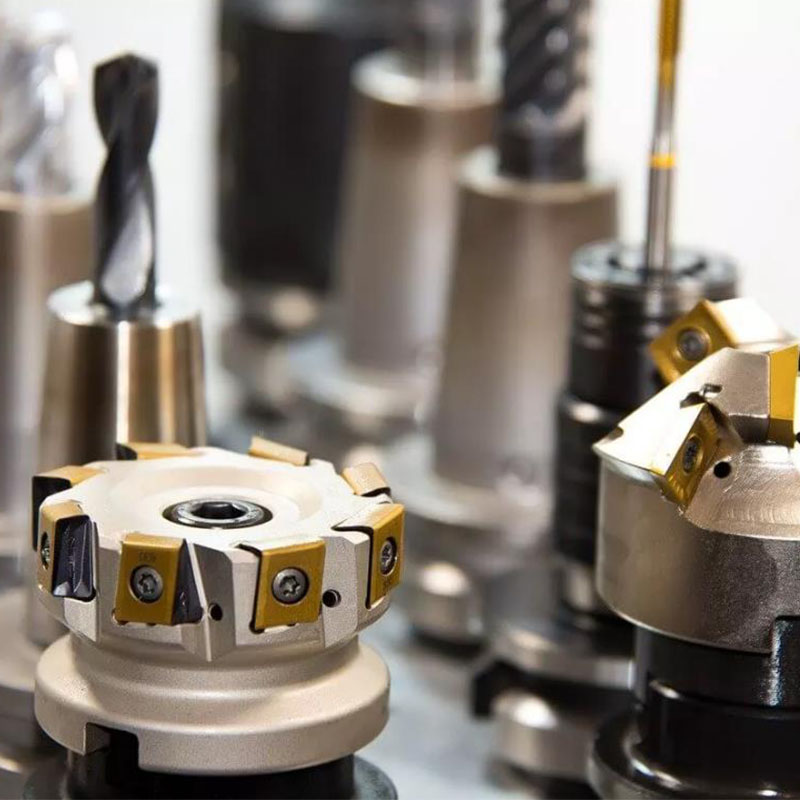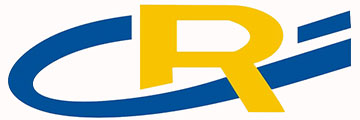NC milling is one of the most impressive technological advancements of this century.
While most people are more familiar with 3D printing as a way to produce accurate physical prints, CNC milling has been around for a long time and is still widely used today.
From its widespread use in the electronics industry to its widespread use by manufacturing companies, the technology is still evolving and evolving rapidly as more and more companies discover its effectiveness.
So, as CNC machining expands into new industries like musical instrument manufacturing, it's no surprise that the technology itself is projected to become a $100 billion industry by 2025.
Still, while the process and uses of CNC milling are well known to those in the industry, outsiders may not know much about how it is applied, or even how it works.
What is CNC milling?

To understand the CNC milling process, let's break it down into two components - "CNC" and "Milling". Milling is one of the CNC machining processes in which the workpiece is rotated along an axis of rotation and a cutting tool is used to cut away pieces of the workpiece.
This is done to shape the workpiece as required. An important point to note is that this technology is different from other molding methods such as 3D printing.
This is because milling works by removing material from the workpiece, while other alternatives work by adding material to the workpiece.
Now coming to "CNC" which stands for Computer Numerical Control. CNC allows the use of computer software to control tool and workpiece movement. Using computer control, there is no need for humans to control the movement process.
CNC milling is the process of using machines to perform precise movements and tasks to digitally design objects and produce them in physical form from raw materials.
Who Invented the CNC Milling Machine?
The concept of milling dates back to the 18th century. However, the first CNC milling machines were developed in the early 1950s.
Credit for inventing the CNC milling machine goes to Richard Kegg. He created the machine in 1952 with help from MIT and called it the Cincinnati Milacron Hydrotel.
How does CNC milling work?
In principle, CNC milling is a basic process in which you take an initial workpiece and use a cutting tool to continuously remove material from the workpiece in different locations. To reach these various positions, the workpiece is constantly rotated.
In fact, the entire CNC milling process goes through several steps.
What are the different stages of a typical CNC milling process?
1. Create the CAD model
First, you need to create a CAD model blueprint for the shape of the part you want. CAD stands for Computer Aided Design. As the name suggests, CAD software helps you create 2-D or 3-D models of your ideas.
Read our tips and tricks for preparing CAD models and drawings for CNC milling.
2. Convert CAD to CNC
CNC mills do not directly recognize CAD models. However, you can convert CAD models into CNC programs very easily. These functions already exist in most CAD software.
3. Setup of CNC milling machine
It is important to set up the machine and workpiece correctly before starting the program. The specific steps for setting up a CNC machine may vary by manufacturer and model.
4. Execute the program
Once the machine is properly set up, the operator can execute the CNC machine program. The entire subsequent milling process will be done automatically. After the program execution is complete, the machine will create the required parts.
What are the different CNC milling methods?
Due to the wide application of CNC machining process, it is no longer a single process, in fact, it is a large field in itself. There are now many different forms of CNC milling operations. These different CNC milling methods include:
Face milling:
Face milling is by far the most popular milling process. In face milling, the aim is to create a plane parallel to the axis of rotation of the cutting tool.
Angle milling:
In angle milling, milling is performed by removing material from a flat surface while the tool cuts the workpiece at an angle that is not a right angle. To better understand it, think of it as a miter cutter that removes material from a workpiece.
Face milling:
In face milling, the workpiece being milled is at right angles to the axis of rotation of the tool. This milling process is often used to machine the surface of bars and sheets.
Form milling:
The form milling process is suitable for machining workpieces to produce irregular surfaces such as curves. In form milling, the shape of the tool is the same as the desired profile shape.
Other CNC milling operations
In addition to these common CNC milling processes, there are a few other ways to create specialized parts. These methods include:
Just milled:
In row milling, two or more cutting tools are mounted on a machine spindle. Each tool works individually on the workpiece, increasing productivity. Knives can vary in shape and size.
Cross milling:
A straddle milling machine is a special form of a row milling machine. In straddle milling, two or more cutting tools are mounted parallel to each other. These tools work on the surface and sides of the workpiece simultaneously.
Gear Milling:
Gear milling is also known as gear cutting. This is a form of milling that is ideal for making gears. It utilizes a curved tool to remove material from the intended gear tooth spacing.
Profile Milling:
Profile milling is used to complete the finishing process of forming, including working on vertical or inclined surfaces. This CNC milling process is also used to finish the convex and concave surfaces of the workpiece.
